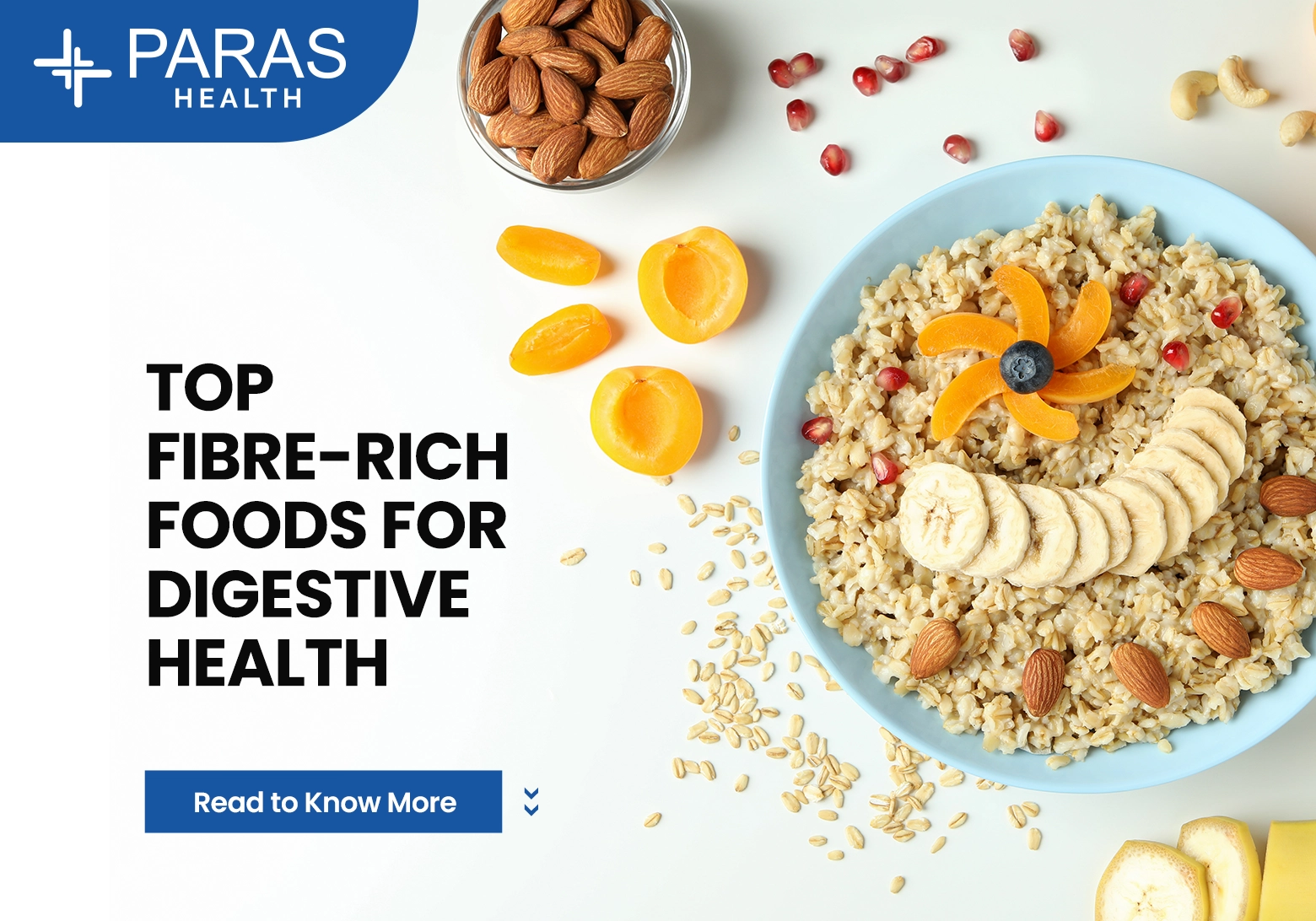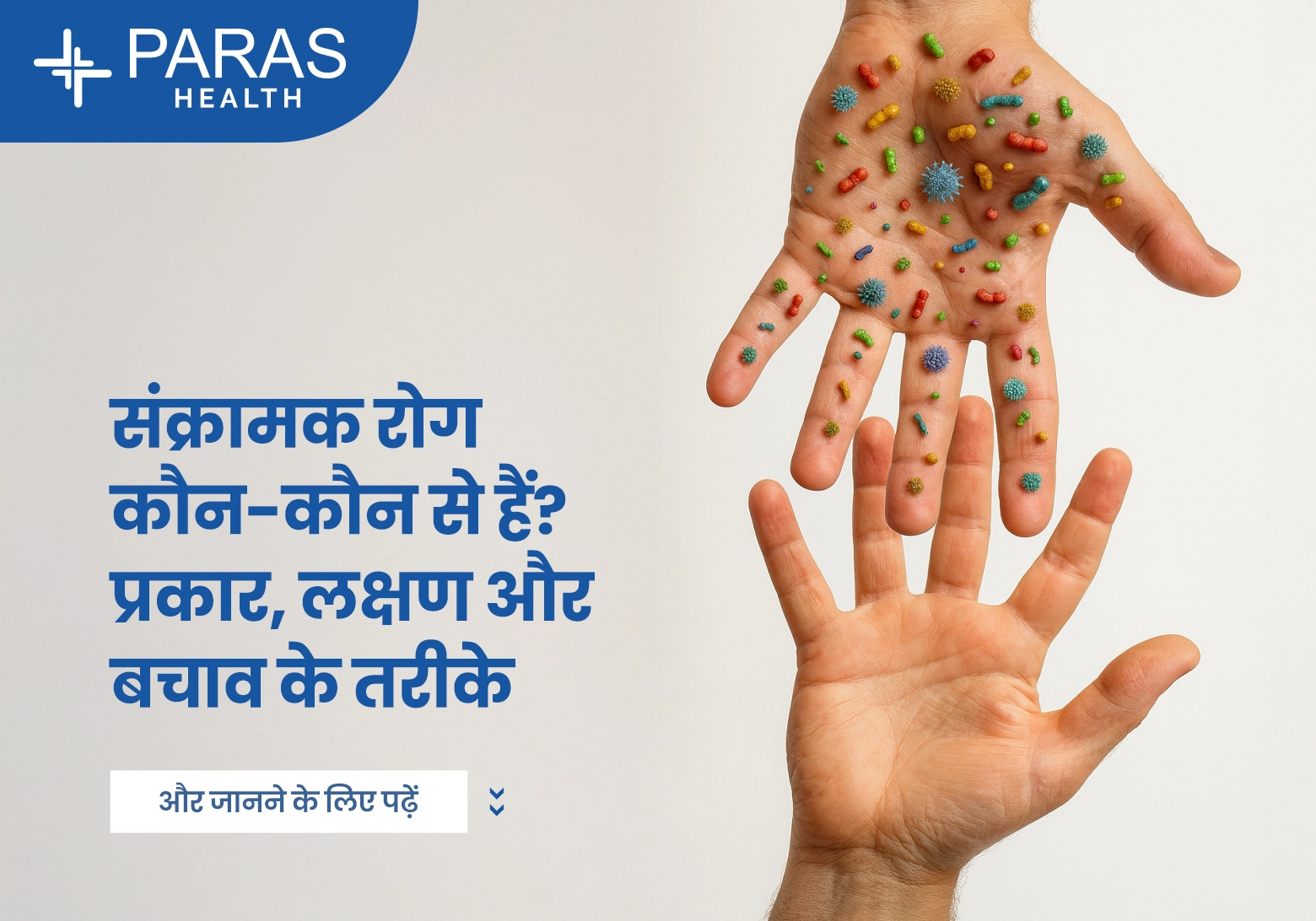Roti Calories & Chapati Nutrition: How Many Calories in One Roti? A Complete Guide
Dec 11, 2025
Roti or chapati is one of the most common foods in Indian households. Whether you’re trying to lose weight, manage diabetes, or simply track your daily calorie intake, one of the most searched queries online is: “How many calories are there in one roti?”
The truth is, the calories in roti (or chapati) can change depending on the flour, size, thickness, and whether you use oil or ghee. This blog breaks down everything you need to know about roti calories, chapati nutrition, and how roti fits into a healthy diet—using simple, easy-to-understand explanations.
What Is Roti Made Of?
A traditional roti is made from whole wheat flour (atta) mixed with water and cooked on a tawa (griddle). In Indian households, roti is a staple food, served with vegetables, dals, or curries.
Other common variants include:
- Bajra roti (pearl millet)
- Jowar roti (sorghum)
- Multigrain roti
- Oats or quinoa roti
- Tandoori roti (usually cooked in a clay oven)
Each type of roti has different nutritional values.
Nutritional Value of Roti
A standard whole wheat roti (about 6 inches in diameter) contains:
- Calories: ~70–120 kcal (varies with size and flour)
- Carbohydrates: 15–18 grams
- Protein: 2–3 grams
- Fat: 0.5–2 grams (more if ghee or oil is used)
- Fiber: 2–4 grams
✅ High in fiber
✅ Low in fat
✅ Contains complex carbs for sustained energy
How Many Calories Are There in One Roti?
On average, 1 medium-sized whole wheat roti contains 70–120 calories.
The range depends mainly on:
- Size (small, medium, large)
- Thickness
- Flour type
- Whether oil or ghee is added
Standard Breakdown (approximate):
| Roti Size | Dough Weight | Calories (approx.) |
| Small | 20–25g | 50–70 calories |
| Medium | 30–35g | 70–110 calories |
| Large | 40–50g | 120–150 calories |
If you're tracking your diet closely, this breakdown can help you plan how many rotis you can eat per meal.
Calories in Different Types of Roti
1. Whole Wheat Roti Calories
| Type | Calories | Key Nutrients |
| Whole Wheat Roti | 70–120 | Fiber, complex carbs, magnesium, vitamin B |
Whole wheat roti (atta roti) is the most common and typically contains 70–120 calories depending on size.
It is rich in fiber, complex carbs, magnesium, and vitamin B.
2. Phulka (oil-free chapati) Calories
| Type | Calories |
| Phulka (oil-free) | 50–70 |
Phulka or puffed roti made without oil contains around 50–70 calories and is great for weight loss.
3. Multigrain Roti Calories
| Ingredients | Calories per roti |
| Wheat, ragi, bajra, oats, jowar | 80–120 |
Made using wheat, ragi, bajra, oats, and jowar flour.
Higher in fiber and protein than regular wheat roti.
4. Tandoori Roti Calories
| Type | Calories |
| Tandoori Roti | 120–180 |
Tandoori rotis are bigger and thicker.
Often made with maida and atta mix.
5. Roti With Oil or Ghee
| Addition | Extra Calories |
| 1 tsp oil/ghee | +45 calories |
Adding 1 teaspoon of oil or ghee adds around 45 calories.
So a medium ghee roti can go up to 120–160 calories.
Nutrition in Roti (Per Medium Whole Wheat Roti)
| Nutrient | Amount |
| Carbohydrates | 15–20g |
| Protein | 2–3g |
| Fat | 0.5–1g (without oil/ghee) |
| Fiber | 2–3g |
| Iron, magnesium, potassium | Present |
| Vitamin B-complex | Present |
Roti is low in fat, provides steady energy, and is easy to digest—making it suitable for all age groups.
Whole Wheat vs Multigrain Chapati Nutrition
| Feature | Whole Wheat Roti | Multigrain Roti |
| Fiber | Good | Higher |
| Protein | Moderate | Higher |
| Glycemic Index | Moderate | Lower |
| Best for | Digestion | Weight loss & diabetes |
If you're diabetic or want a more filling option, multigrain roti may be better.
Roti vs Rice Calories — Which Is Better?
| Food | Calories | Notes |
| 1 medium roti | ~70–100 | More fiber & protein |
| 1 cup cooked rice | ~200 | Easier to digest |
A common question: “Is roti healthier than rice?”
For diabetes, roti is usually preferred because it has a lower glycemic index.
Roti vs Paratha vs Naan Calories
| Food Item | Calories | Characteristics |
| Roti | 70–120 | Low fat, high fiber, easy to digest |
| Paratha | 180–350 | High fat, heavier |
| Naan | 260–400 | Made with maida, not ideal daily |
If you’re watching weight, roti is the best choice.
Does Roti Increase Weight?
Roti does NOT increase weight if eaten in moderation.
Weight gain happens when calorie intake is more than calorie burn.
Factors that may lead to weight gain:
- Eating too many rotis
- Using excessive ghee/oil
- Eating roti late at night
- Sedentary lifestyle
Is Chapati Good for Weight Loss?
Yes, chapati is great for weight loss because:
- It is low in fat
- It provides complex carbs
- It keeps you full longer
- It offers good fiber
For weight loss, choose:
- Phulka (no oil)
- Thin chapati
- Multigrain roti
How Many Rotis Should You Eat Per Day for Weight Loss?
It depends on your age, metabolism, gender, and activity level.
General guideline:
| Category | Rotis per meal |
| Women | 2–3 rotis |
| Men | 3–4 rotis |
For weight loss:
- Reduce portion size
- Avoid ghee/oil
- Pair rotis with more vegetables and salads
Is Chapati Good for Diabetes?
Yes, chapati is a good choice for diabetics because:
- It has a lower glycemic index than rice
- Whole wheat contains fiber that slows sugar absorption
- Multigrain flour helps maintain stable blood sugar levels
Best rotis for diabetes:
| Type of Roti | Benefit |
| Multigrain roti | Stable blood sugar |
| Bajra roti | Low GI |
| Jowar roti | High fiber |
| Ragi roti | Good for glucose control |
How to Make a Healthy, Low-Calorie Roti
To reduce calories in chapati:
- Use whole wheat or multigrain flour
- Make thin rotis instead of thick ones
- Avoid oil or ghee on top
- Control portion size
- Combine with lean protein & fiber-rich veggies
Healthy Chapati Recipe (Oil-Free)
- Use whole wheat or multigrain flour
- Add lukewarm water
- Knead well
- Roll into thin chapatis
- Cook on tawa without oil
This keeps your roti soft, low calorie, and nutritious.
Key Facts About Roti
| Fact | Description |
| Calories in 1 roti | 70–120 |
| Lowest-calorie roti | Phulka |
| Calories added by ghee | +45 per tsp |
| Best for diabetes | Multigrain roti |
| Weight gain? | Only if eaten in excess |
| Tandoori roti | Higher calories |
| Best for weight loss | Thin, oil-free rotis |
Frequently Asked Questions
How many calories are there in one roti?
A medium wheat roti has between 70–120 calories, depending on size and thickness. Oil or ghee will increase this number.
How many calories are there in 2 or 3 rotis?
Two rotis have 140–220 calories, and three rotis have 210–330 calories, depending on size and ingredients.
Is chapati good for weight loss?
Yes, chapati is low in fat and rich in fiber, making it a great option for weight loss when eaten in moderation.
Does roti increase weight?
No, roti does not increase weight unless you overeat or add too much oil/ghee. Portion control is key.
Which is healthier, roti or rice?
Roti has more fiber and protein and is more filling. Rice is lighter but has a higher glycemic index.
What is the nutrition value of chapati?
A medium chapati provides carbs, fiber, protein, iron, magnesium, and B vitamins with very little fat.
How much protein is in one roti?
One roti contains about 2–3 grams of protein, which helps in muscle repair and satiety.
Is multigrain roti better than wheat roti?
Yes, multigrain roti offers higher fiber and protein, making it ideal for weight loss and blood sugar control.
Is chapati good for diabetics?
Yes, chapati has a lower glycemic index than rice and releases sugar slowly into the bloodstream.
Which roti has the lowest calories?
Phulka (oil-free thin roti) has the lowest calories—around 50–70 calories per roti.
Conclusion
Roti is one of the simplest, healthiest, and most balanced foods in the Indian diet. It provides steady energy, important nutrients, and supports overall digestive health. Whether you want to lose weight, manage diabetes, or simply track calories, understanding roti calories and chapati nutrition helps you make smarter choices.
By choosing whole wheat or multigrain rotis, avoiding excess ghee/oil, and managing your portion size, you can include roti in your meals every day—without worrying about weight gain or spikes in blood sugar.










